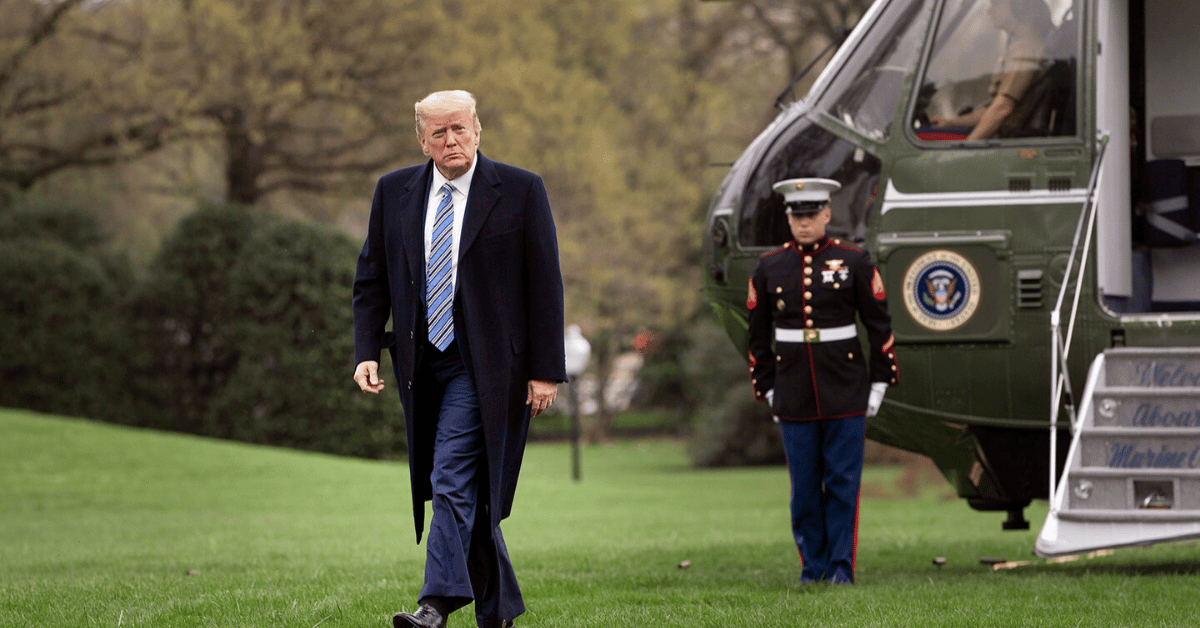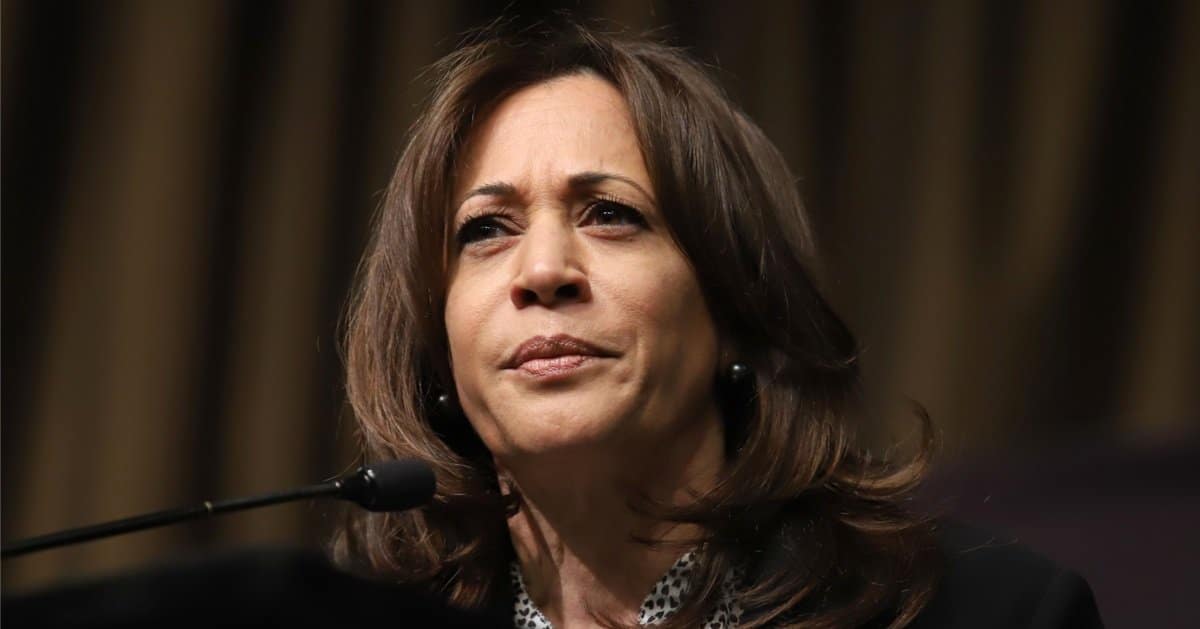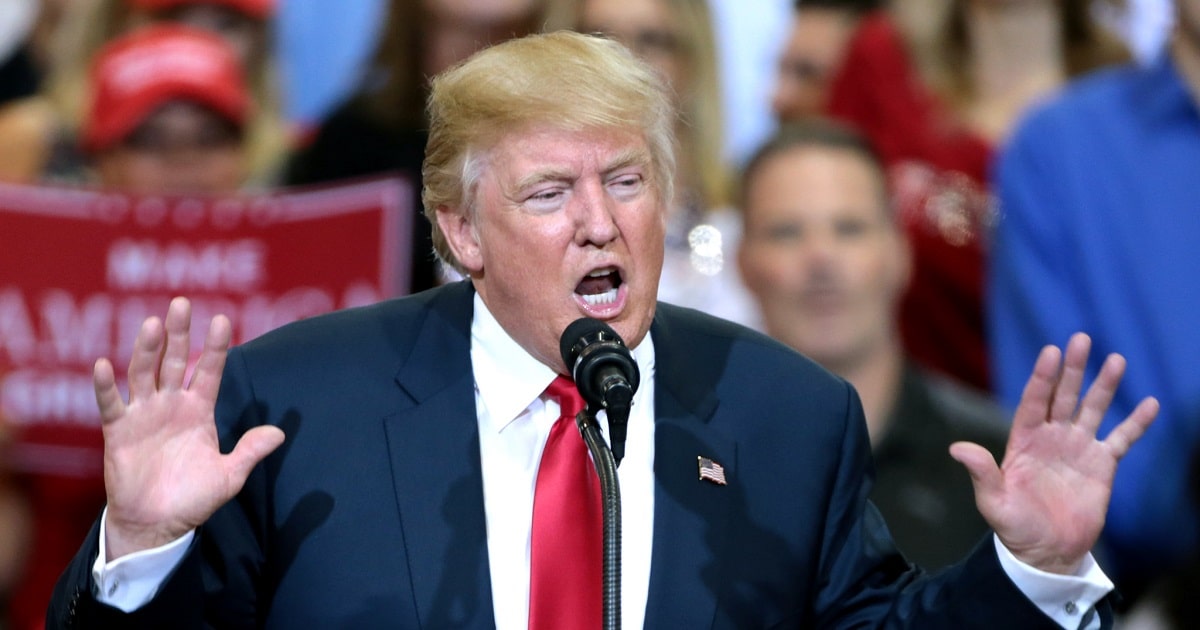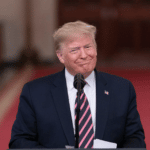




The United States Secretary of Defense, Pete Hegseth, revealed plans for upgrades to the U.S. military command in Japan during a recent announcement, underscoring the strategic significance of Japan in countering Chinese military actions.
Fox News reported that this initiative strengthens the defense cooperation between the United States and Japan against the backdrop of increasing tensions with China.
Last Sunday marked a significant turn in U.S.-Japanese defense relations when Secretary Pete Hegseth outlined a blueprint aimed at elevating the U.S. military's presence in Japan.
The announcement reveals steps intended to counter China's growing assertiveness, particularly across the Taiwan Strait.
The plan unrolled at a pivotal moment, bridging longstanding ties between the U.S. and Japan. In the meeting with Japan's Defense Minister, Gen Nakatani, both leaders underscored the need to deter any Chinese military aggression, which aligns with the broader regional security goals.
This discussion follows a restructuring effort set in motion last year under former President Joe Biden's administration.
A notable aspect of the new plan involves placing a combined operational commander stationed in Japan, demonstrating increased integration with Japan's Self-Defense Forces' joint operations command established recently. This move may significantly bolster the U.S. command's efficacy in responding to regional threats.
The intent of the United States, as emphasized in these talks, is to gain greater access to Japan's strategic locales, especially the southwest islands located proximal to the hotly contested East China Sea and near Taiwan. This request is believed to help facilitate the seamless operation of defense measures in these geostrategically important areas.
Hegseth lauded Japan as a linchpin in maintaining peace and security throughout the Indo-Pacific, noting that both nations share a strong "warrior ethos."
He had previously been less favorable toward European allies, having critiqued their defense policies just in February. This current plan resonates well with Japan's recent declaration to double its military expenditure, despite the constraints imposed by its constitution on the operational reach of its forces.
Japan's strategic elevation involves acquiring longer-range missiles, yet its strategic reliance on U.S. allyship persists. Hegseth and Nakatani also shared a commitment to accelerate joint missile production, focusing on air-to-air AMRAAM missiles and exploring possible collaboration on SM-6 defense missiles.
This cooperative stride aims to mitigate the ongoing shortage of munitions that both countries are encountering. "We share a warrior ethos that defines our forces," said Hegseth, further emphasizing the unity between American and Japanese military ambitions.
Beyond the discussions of defense strategy, Hegseth's visit to Asia was marked by a poignant tribute to the past, particularly as he traveled from the Philippines to Japan.
His trip included participation in a memorial service at Iwo Jima, a site indelibly etched in history for its fierce World War II battles between American and Japanese forces.
This solemn acknowledgment of historical ties serves to fortify current diplomatic and military collaborations between the two nations, rooted in shared interests and challenges. It aligns with the United States' broader aim to cement strategic partnerships in the Indo-Pacific region amid rising regional uncertainties.
On the home front, President Donald Trump, who has pushed Japan to increase its share of financing for hosting American troops, has expressed skepticism regarding the bilateral defense agreements.
Nonetheless, the U.S. maintains a significant military contingent of around 50,000 personnel stationed across Japan's extensive East Asian archipelago.
Looking forward, the outcomes of such defense initiatives and cooperative strategies will likely reverberate beyond U.S.-Japanese confines, impacting the broader geostrategic fabric of the region.



